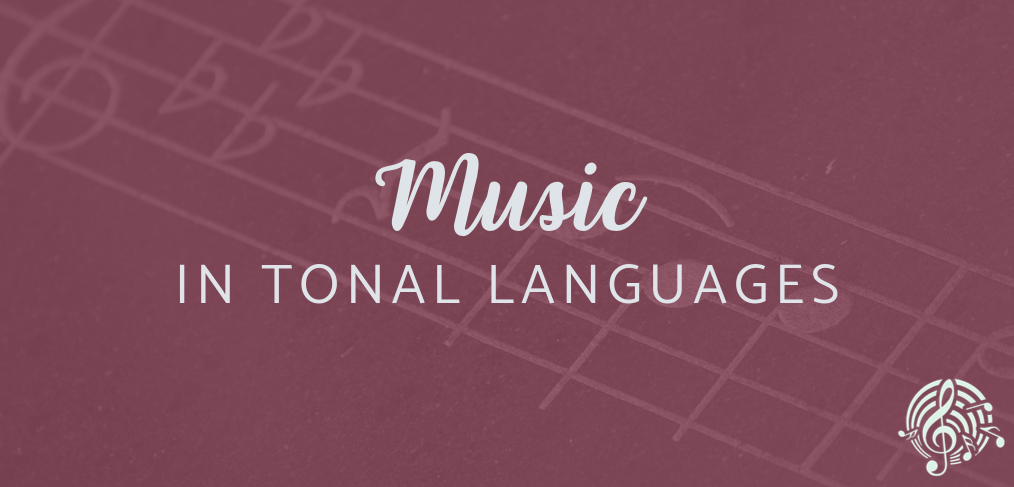
Music in Tonal Languages
How music works in different languages
Many people in the world speak tonal languages – where pitch contributes to the meaning of a word. Tone in these languages are phenomic, meaning that a change in pitch or pitch contour of a word can drastically change the meaning of a word. For example, in Cantonese, altering the tone of “mother” (maa1) will result in you calling her “grandma” (maa4) or “horse” (maa5).
Since pitch is also a main component of music, many people wonder what happens when the two intertwine.
For some tonal languages, such as Mandarin Chinese, the melody usually takes over and the 4 tones in the spoken language are ignored. Mandarin speakers should still be able to discern the meaning of the song by the pronunciation of the word without the tonal information. However, some words may still be confusing on rare occasions.
There are also more complicated tonal languages. The Hmong language for example, spoken in China, Vietnam, Laos, and Thailand, can contain seven or eight different tones. Cantonese contains 6 tones and 9 sounds, the meaning of one word can also be altered in relation to the tone of the previous word. Composing songs in these languages can be challenging. Songwriters have to take into account the different tones when they come up with a melody, or they will find specific words that fit a melody’s tone transitions. If the overall pitch or pitch contour is ignored, the words would sound odd and be hard to understand.
In some cases, the melody can’t be changed. For example, when translating gospel music into another language, there is a limited choice of words in order to express a similar overall meaning. In those cases, people usually accept the words even though they sound weird.
When working with clients where English may not be their first language, I’ve had to adapt the melodies of my existing English clinical songs to match the tonal inflections of their language. Some involved simple changes of whether the pitch goes up or down at the end of a phrase, others required a complete rewrite of the whole line of melody.
The most challenging part that I find working with tonal languages, is the improvisation. Creating words and melody on the spot using English seemed like a walk in the park once I had to do it in Cantonese. Having the additional element of tone that I had to pay attention to limited my freedom in melody writing, and I usually had to spend additional time to make sure something made sense and sounded appropriate.
In short, language *does* influence music in tonal languages. Some tonal languages are more heavily affected than others, at times it may even be easier to work a melody around lyrics than the other way around.
References
- Schellenberg. (2012). Does Language Determine Music in Tone Languages? Ethnomusicology, 56(2), 266. doi:10.5406/ethnomusicology.56.2.0266.
- Ratliff, Martha. (2015). Tonoexodus, tonogenesis, and tone change. In P. Honeybone & J. Salmons (Eds.), The Oxford Handbook of Historical Phonology (pp. 245-261). Oxford University Press.
- http://www.cantonese.sheik.co.uk/





